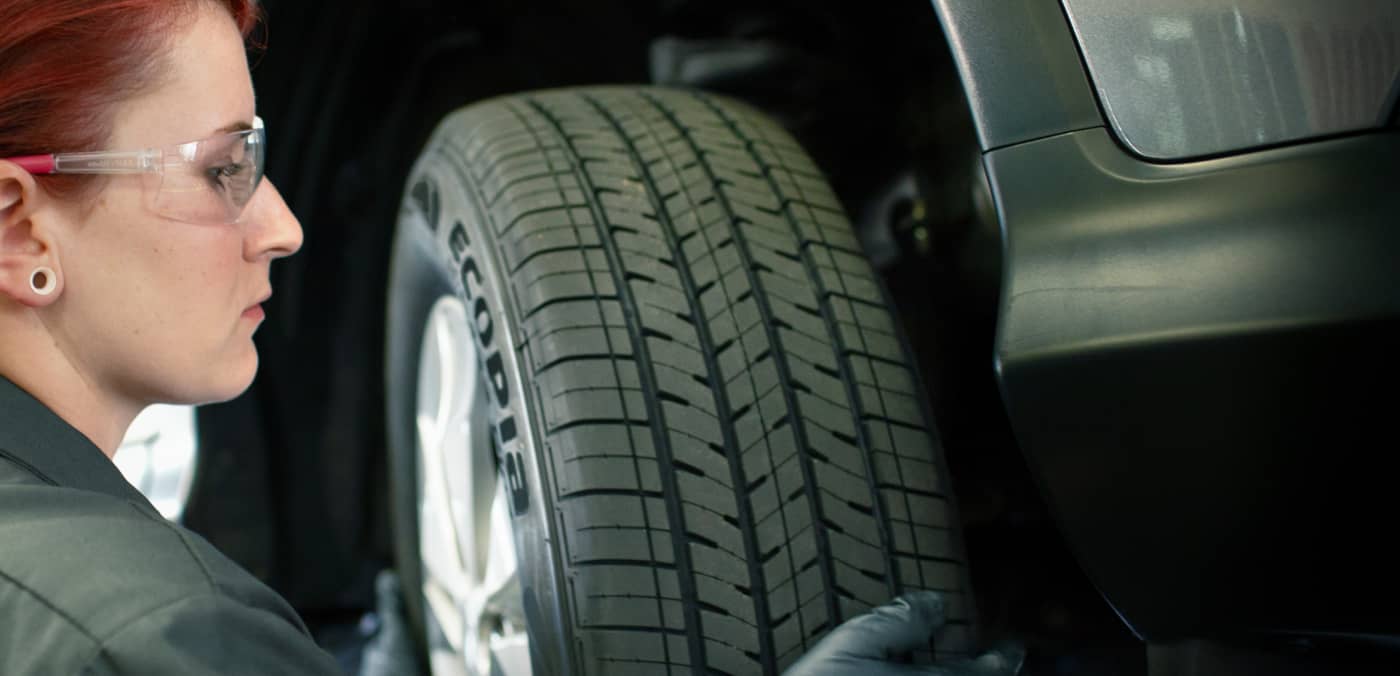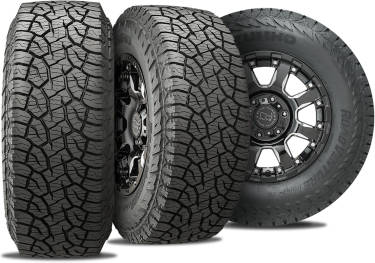All Categories
Featured
Table of Contents
The Michelin supplied a comfortable driving experience, qualified by receptive steering and a dynamic understeer balance. Despite the cooler testing problems, Michelin's regular time and grasp over 3 laps shows its viability for real-world applications.
One more significant facet was Yokohama's warm-up time. The tire's initial lap was a second slower than the 2nd, directing to a temperature-related hold increase. This suggests the Yokohama might radiate in dry, race-like problems. However, for everyday use, the Michelin may be a safer wager. Next in line was the Hankook.
Leading Tyre Replacement Near Me (Noranda)
It shared Michelin's risk-free understeer equilibrium but did not have the latter's readiness to turn. Continental and Goodyear's performances were remarkable, with Continental's new PremiumContact 7 revealing a considerable enhancement in damp conditions contrasted to its precursor, the PC6. This model was much less conscious fill adjustments and behaved much like the Michelin, albeit with somewhat much less communication at the limitation.
It combined the risk-free understeer equilibrium of the Michelin and Continental with some flashy handling, showing both foreseeable and quick. As an all-rounder for this Golf GTI, Goodyear's Crooked array was the standout, showing outstanding performance in the wet. Lastly, the Bridgestone Potenza Sport took the crown as the fastest tire, albeit by a little margin.
This tire obtained grippier as it heated up, comparable to the Yokohama. Motorists looking for an amazing damp drive may find this tyre worth thinking about. The standout entertainer in wet stopping was the latest tire on test, the PremiumContact 7, though the results are nuanced. We performed damp stopping examinations in three different ways, two times at the brand-new state and once at the used state.
Car Tyre Fitting Near Me
Ideally, we desired the cold temperature examination to be at around 5-7C, yet logistical delays suggested we examined with an ordinary air temperature level of 8C and water at 12C. While this was cooler than basic examination problems, it was still warmer than real-world problems. The cozy temperature test was done at an average of 18C air and 19C water.
The 3rd run involved wet braking tests on used tires, specifically those machined down to 2mm with a tiny altercation. While we meant to do even more with these used tyres, weather restrictions restricted our testing. However, it deserves noting that damp stopping is most critical at the used state, as tires usually boost in dry problems as they wear.

Nonetheless, it shared the most significant efficiency decline, together with the Yokohama, when used. Bridgestone, Goodyear, and Michelin saw the least performance decrease when used. Bridgestone and Goodyear's efficiency dipped in cooler conditions. The Hankook tyre registered the tiniest efficiency decrease as temperatures cooled, yet it was among one of the most influenced when used.
Top Tyre Performance – Noranda WA
The take-home message right here is that no solitary tire excelled in all facets of damp braking, suggesting a complex interaction of elements affecting tire efficiency under different conditions. There was a standout tire in aquaplaning, the Continental finished top in both straight and bent aquaplaning, with the Michelin and Goodyear likewise excellent in much deeper water.

Yokohama can profit from slightly more grip, an issue potentially influenced by the colder problems. When it comes to dealing with, all tyres executed within a 2% array on the lap, showing their top quality efficiency (High-performance tyres). Considering these tires basically target the same client, it's fascinating to observe the considerable distinctions in feeling.
The surprise is since the PremiumContact 6 was among my favourites for sporty dry drives, yet its successor, the PremiumContact 7, appears elder and appears like Michelin's performance. Among these, Hankook was the least exact in steering and interaction at the limit. All-season tyres. Both Michelin and Continental used beautiful preliminary steering, albeit not the fastest
If I were to recommend a tire for a rapid lap to a novice, say my father, it would be just one of these. We have the 'fun' tires, specifically Yokohama and Bridgestone. Both were swift to steer and felt sportier than the others, but the compromise is an extra spirited rear end, making them much more tough to deal with.
Affordable Budget Car Tyres Near Me – Noranda WA
It offered similar guiding to Bridgestone however supplied far better responses at the limit and far better hold. The Bridgestone Potenza Sport, however, appeared to break down fairly rapidly after just three laps on this demanding circuit. Lastly, there's Goodyear, which positioned itself someplace between the enjoyable tyres and those often tending towards understeer.
Altogether, these tyres are superb entertainers. For roadway usage, I 'd lean towards either the Michelin or Goodyear, relying on your details choices. In regards to tire wear, the technique utilised in this examination is what the industry refers to as the 'gold requirement' of wear. The wear experts at Dekra conducted this test, which entailed a convoy of vehicles passing through a thoroughly intended course for 12,000 kilometres.
Both the Bridgestone and Yokohama tires dramatically underperformed in comparison to the other 4 tyres in regards to rolling resistance, with Continental a little outperforming the rest. Pertaining to the comfort degree of the tires, as anticipated, the majority of showed an inverse relationship with handling. The Continental, Michelin, and Goodyear tires executed ideal across numerous surface area kinds examined.

Bridgestone started to reveal signs of suppleness, while Yokohama was especially jarring over pockets. We did gauge interior noise levels; nonetheless, as is commonly the situation, the outcomes were closely matched, and due to weather restraints, we were not able to perform a subjective analysis of the tyres sound. We looked at abrasion figures, which gauge the quantity of tyre step lost per kilometre, normalised to a one-tonne lorry.
Reliable Tyre Maintenance Near Me – Bayswater 6062 WA
This number stands for the quantity of rubber dust your tires create while driving. Michelin led in this category, creating over 9% less rubber particle matter. On the various other hand, Hankook generated 32% even more. This is an aspect I think the market ought to focus on more in the future, and it's something Michelin is advocating.
Latest Posts
Honest Tyre Sales Near Me
Best Tyre Rotation Services Near Me
Cost-effective Car Tyres Near Me (Embleton WA)